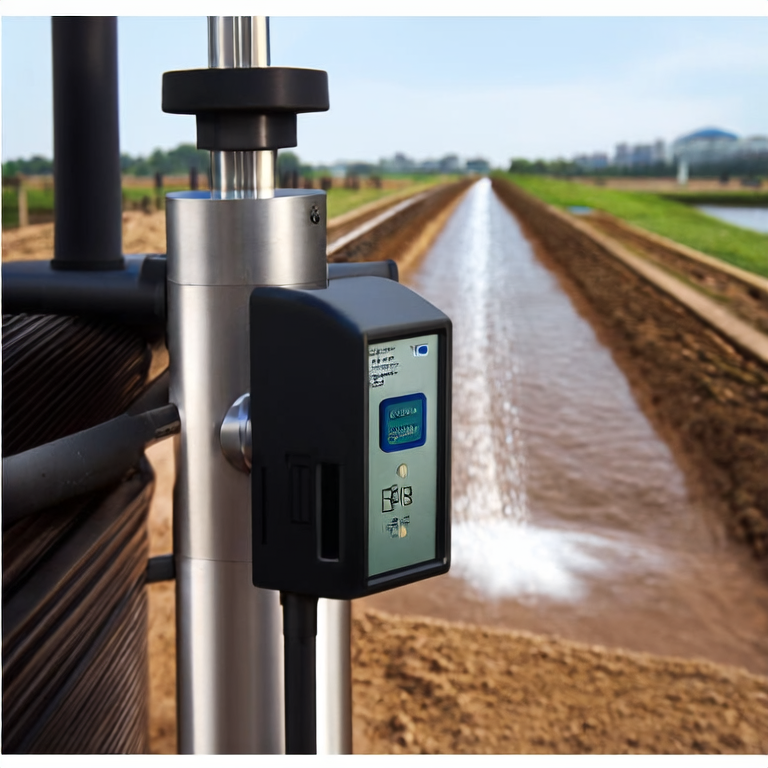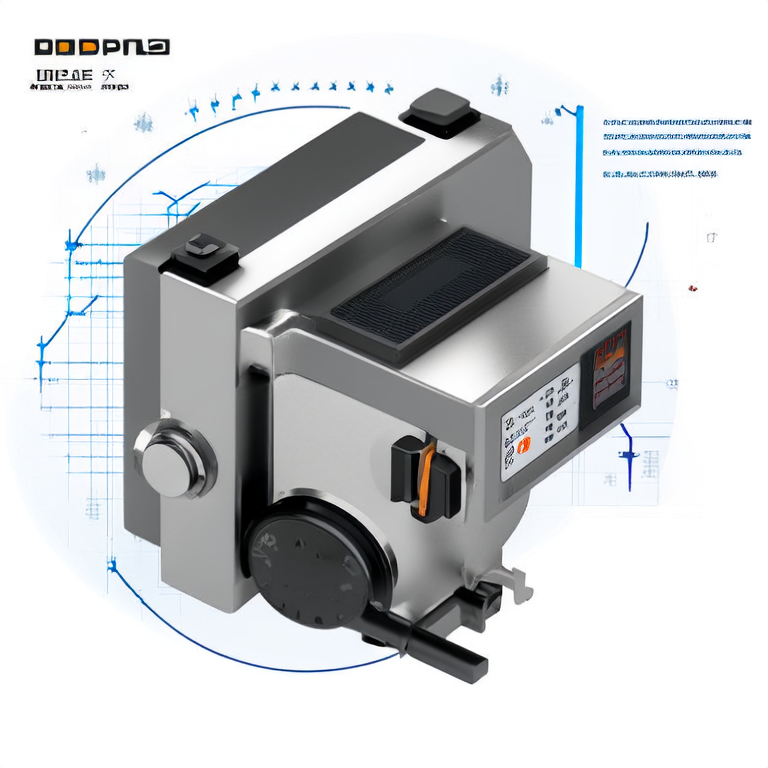Irrigation District Tracks Water Loss with Battery-Powered Electromagnetic Flow Transmitter
Aug. 28, 2025
Table of Contents
Introduction
The electromagnetic flow transmitter plays a crucial role in irrigation management. Water loss is a significant issue in many agricultural districts. Farmers and water managers need to accurately measure water flow to address this problem. By investing in technology like the electromagnetic flow transmitter, they can gain insights into water usage. This tool is especially helpful in identifying leaks and inefficiencies in water systems.

With the advancements in battery technology, the flow transmitter is now more efficient. This has made it easier for irrigation districts to monitor water loss remotely. Furthermore, this technology ensures reliable data collection over time.
Summary Answer
The battery-powered electromagnetic flow transmitter is an effective solution for irrigation districts to track water loss accurately and efficiently. It helps in monitoring flow rates, detecting leaks, and optimizing water usage.
Subheadings
1. Importance of Accurate Water Measurement
Accurate measurements of water flow help in effective resource management. The electromagnetic flow transmitter provides precise readings that can guide irrigation strategies. This accuracy is vital for improving crop yield.
2. How the Electromagnetic Flow Transmitter Works
The device uses electromagnetic principles to measure flow rates. As water moves through the pipe, it creates a voltage that is proportional to the flow speed.
3. Battery-Powered Advantage
This technology is battery-powered, allowing for remote installations. No need for complex wiring or extensive maintenance simplifies the monitoring process.
4. Cost-Effectiveness and Efficiency
Utilizing an electromagnetic flow transmitter often reduces operational costs. By minimizing water loss, districts save money and enhance sustainability.
5. Real-World Applications and Case Studies
Many irrigation districts have successfully implemented this technology. One case study showed a 20% reduction in water loss after installing the flow transmitters.
6. Challenges and Solutions
While the technology is effective, there are challenges. For instance, extreme weather can affect measurements. To counteract this, regular calibration and maintenance are recommended.
Conclusion
In conclusion, the electromagnetic flow transmitter is an essential tool for irrigation districts to track water loss. Its precision, ease of use, and cost-effectiveness make it invaluable for modern agriculture. By adopting this technology, districts can ensure better water management for a more sustainable future.
FAQ
Q: What is an electromagnetic flow transmitter?
A: It is a device that measures the flow rate of liquids using electromagnetic principles.
Q: How does it help in irrigation?
A: It helps monitor water usage and detect leaks, improving overall efficiency.
Q: Is it easy to install?
A: Yes, being battery-powered simplifies installation and reduces maintenance.
Q: What are the benefits in terms of cost?
A: It can lead to significant cost savings by reducing water loss and optimizing usage.
Q: Can it work in extreme conditions?
A: While effective, regular maintenance is crucial for accurate readings in challenging conditions.




